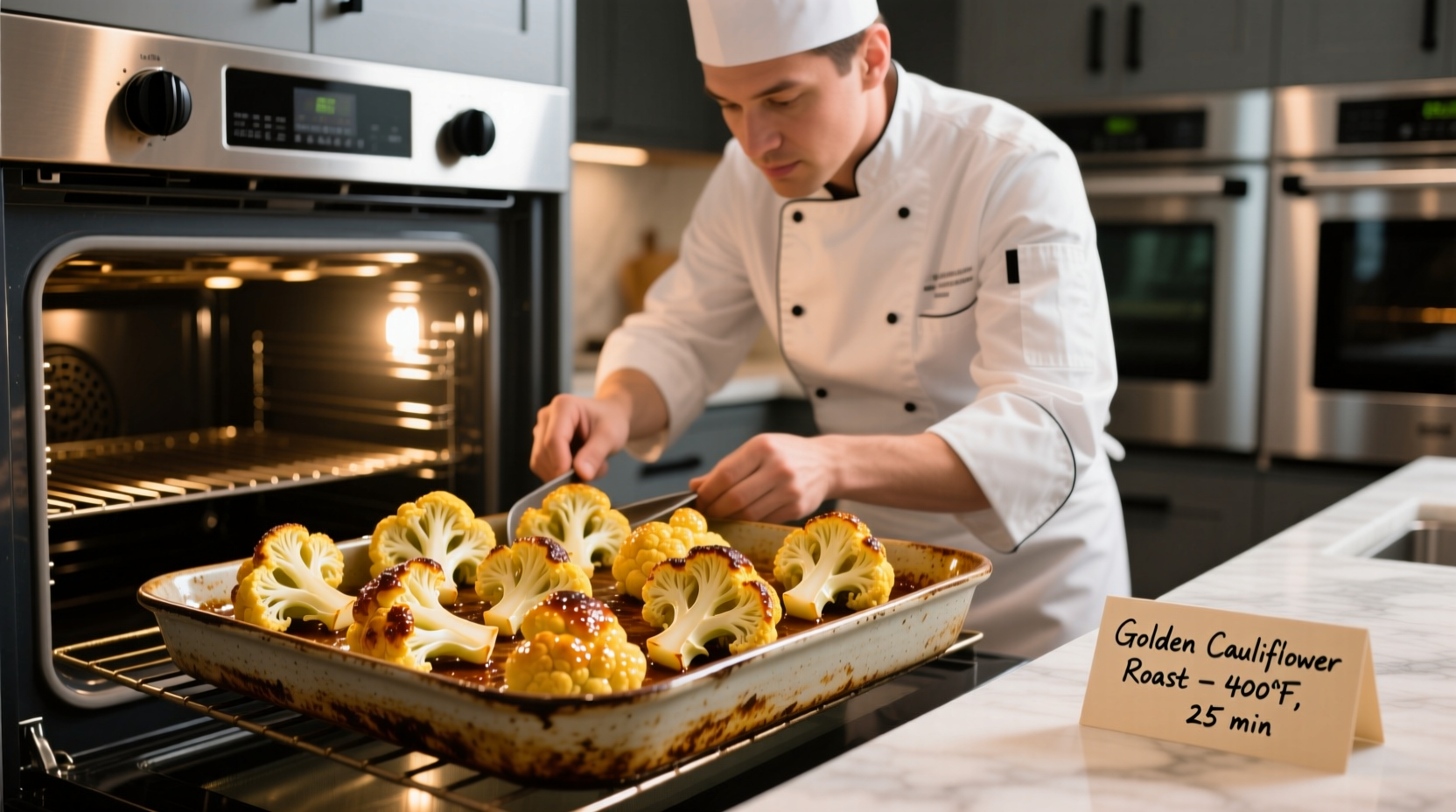Transform your meals with cauliflower's incredible versatility. This cruciferous vegetable offers more than just a low-carb alternative—it delivers unique textures and absorbs flavors beautifully when prepared correctly. Whether you're seeking healthier meal options, creative vegetarian dishes, or solutions for picky eaters, mastering cauliflower cooking techniques opens up a world of culinary possibilities.
Selecting Quality Cauliflower
Start with the right foundation. Choose heads with tight, creamy-white florets and crisp, green leaves. Avoid any with brown spots or separation between florets, which indicate age. The heaviest heads for their size typically contain the most moisture and freshness. Store uncut cauliflower stem-down in your refrigerator's crisper drawer for up to two weeks.
Essential Preparation Techniques
Proper preparation makes all the difference in your final dish. For even cooking, cut florets to uniform 1½-inch pieces. When ricing cauliflower, pulse in a food processor until it reaches rice-like consistency—over-processing creates mush. For roasting, toss florets with oil using your hands to ensure even coating without waterlogging. Remember that cauliflower continues cooking after removal from heat, so pull it slightly before reaching your target texture.
| Cooking Method | Optimal Temperature | Perfect Timing | Texture Result |
|---|---|---|---|
| Roasting | 425°F (220°C) | 20-25 minutes | Crisp edges, tender center |
| Steaming | Medium heat | 5-7 minutes | Firm but tender |
| "Ricing" | Sauté 3-4 minutes | After processing | Rice-like texture |
| Grilling | Medium-high heat | 4-5 minutes per side | Charred exterior, moist interior |
Flavor Enhancement Strategies
Cauliflower's mild flavor makes it an ideal canvas for bold seasonings. Professional chefs recommend these flavor-boosting techniques:
- Dry roasting spices before adding to cauliflower intensifies their flavor compounds
- Achieve perfect caramelization by ensuring your roasting pan isn't overcrowded
- Add acid at the end—a splash of lemon juice or vinegar brightens finished dishes
- Layer umami with nutritional yeast, mushrooms, or miso paste for depth
According to USDA FoodData Central, cauliflower contains glucosinolates that break down into flavorful compounds when exposed to heat, explaining why properly cooked cauliflower develops such complex flavors. The optimal temperature range for this transformation is between 300-400°F (150-200°C).

Meal-Specific Applications
Breakfast: Transform riced cauliflower into a hash brown alternative by pressing it firmly in a hot skillet with少量 oil until crispy. Add smoked paprika and black pepper for restaurant-quality results.
Lunch: Create satisfying grain bowls using roasted cauliflower as the base. The University of California's Agriculture and Natural Resources department confirms that roasted cauliflower maintains more of its vitamin C content compared to boiling, making it a nutritionally superior lunch option.
Dinner: For impressive main courses, try whole roasted cauliflower steaks. Cut 1-inch thick slices from the center of the head, brush with olive oil and spices, then roast at 400°F for 25-30 minutes until tender. The Food Science Department at Cornell University notes that this method preserves more of cauliflower's beneficial compounds than boiling.
Avoiding Common Pitfalls
Many home cooks struggle with cauliflower's tendency toward sogginess. The solution lies in moisture management:
- After ricing, spread cauliflower on a clean kitchen towel and squeeze gently to remove excess water
- When roasting, avoid overcrowding the pan—use two baking sheets if necessary
- For mashed "potatoes," cook cauliflower florets upright in a steamer basket to prevent water absorption
Remember that cauliflower works best as a substitute in specific applications. While excellent for pizza crusts and rice alternatives, it lacks the starch structure needed for perfect mashed potatoes without additional binders. The American Culinary Federation recommends combining cauliflower with 25% potato for optimal mashed texture.
Storage and Meal Prep Tips
Pre-cut florets maintain freshness for 4-5 days when stored in an airtight container lined with paper towels. For longer storage, blanch florets for 3 minutes, cool in ice water, then freeze in single layers before transferring to freezer bags. Properly frozen cauliflower maintains quality for 10-12 months.
Frequently Asked Questions
How can I prevent cauliflower from becoming soggy when roasting?
Spread florets in a single layer with space between pieces on a preheated baking sheet. Toss with oil using your hands for even coating without excess moisture. Roast at 425°F for 20-25 minutes without stirring until deeply golden at the edges.
What's the best way to make cauliflower rice that doesn't turn mushy?
Process florets in short pulses until rice-sized, then spread on a kitchen towel and squeeze gently to remove excess moisture. Sauté in a hot, lightly oiled skillet for 3-4 minutes without stirring constantly. The key is minimal moisture and high initial heat.
Can I use frozen cauliflower for roasting?
Yes, but thaw completely and pat very dry first. Frozen cauliflower contains more moisture, so you'll need to increase roasting time by 5-7 minutes and may need to toss halfway through cooking. Fresh cauliflower generally produces superior texture for roasting.
How do I get crispy cauliflower without deep frying?
Toss florets with cornstarch (1 tablespoon per head) along with your oil and seasonings before roasting at 425°F. The cornstarch creates a light coating that crisps beautifully in the oven, mimicking fried texture without excess oil.











 浙公网安备
33010002000092号
浙公网安备
33010002000092号 浙B2-20120091-4
浙B2-20120091-4